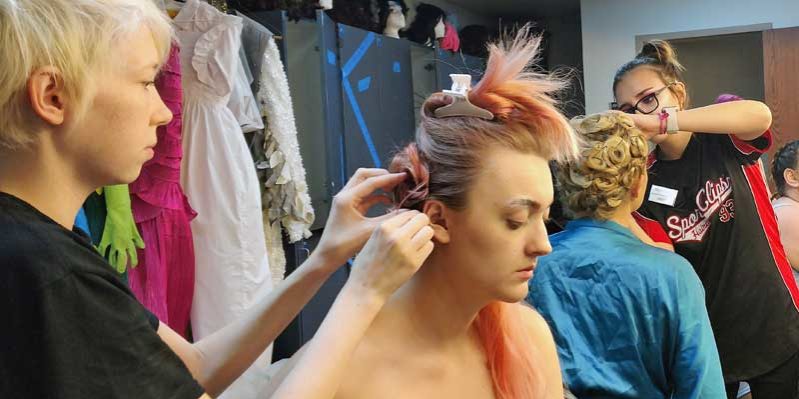Ever thought about how nursing students get the hands-on training they need to provide expert care with compassion in situations rife with stress and super-charged emotions?
NCTC’s LVN and ADN-RN programs rely on simulation to help students integrate theory with practice while making real-time clinical decisions in an environment that poses no risk to patients. Plus simulation provides a solution when hospitals or other training sites don’t have enough clinical placement sites for nursing students.
In 2014, the National Council of State Boards of Nursing reported that substituting high-quality simulation experiences for up to half of traditional clinical hours, produces end of program educational outcomes comparable to those students whose experiences are mostly traditional clinical hours and that simulation produces new graduates ready to practice.
The use of simulation provides all of our students with learning experiences that prepare them to assume roles that are essential to quality nursing practice to include the role of care provider, patient advocate, and user of information technology, collaborator, and decision maker.
NCTC’s new Leo and Mable Scott Health Sciences Center is home to a high-fidelity simulation lab complete with three mock hospital rooms, doctor’s exam room, a two-bed critical care room, a two-bed birthing suite, two debriefing rooms, a supply room, a triage bay, an ER trauma bay, and a senior citizen apartment for home health training purposes.
NCTC’s computerized mannequin “patients” respond to the “care” provided by students and to “medications” in a physiologically correct manner, for example with blood pressure changes or convulsions. Real medical equipment like IV pumps and crash carts add to the reality of the simulation lab. Often, NCTC’s instructors remain hidden behind one-way mirrors in order to evaluate student performance without being physically present at the “bedside.” These high-fidelity simulation labs are an effective way for nurses to practice the skills needed to manage complex, high-acuity patients; drill for emergency preparedness; or practice teamwork and collaboration with other providers.



